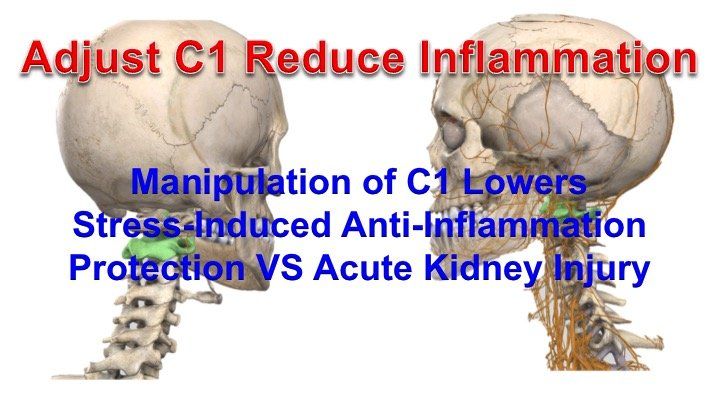More Info
Comment by Dr. Mladenoff
New Paragraph
Role of C1 neurons in anti-inflammatory reflex: Mediation between afferents and efferents. Chikara Abe, Tsuyoshi Inoue. Neuroscience Research 2018 May 8
Neuroimmune communication, the connection between the autonomic regulatory pathway and immune cells, has been implicated in the regulation of immune function and inflammation. The role of afferents (vagal afferent and somatic sensory nerves) and efferents (autonomic nervous and hypothalamic-pituitary-adrenal systems) in the inflammatory reflex has been well studied; however, the central pathway remains unknown. C1 neurons include both catecholaminergic and glutamatergic neurons, which are located in the rostral ventrolateral medulla. C1 neurons project to the spinal cord, dorsal motor nucleus of the vagus, and hypothalamus to regulate the sympathetic, parasympathetic, and hypothalamic-pituitary-adrenal systems, respectively. Because C1 neurons respond to stressors, including inflammation, hypotension, hypoxia, and hypoglycemia, it is believed that the autonomic regulatory pathway, via C1 neurons, contributes to the maintenance of physiological homeostasis. Recently, selective neural manipulation has revealed that C1 neurons participate in restraint stress-induced anti-inflammation, and protection against acute kidney injury has been attributed to stress-induced sympathoexcitation through C1 neurons. We focus here on the role of C1 neurons, which act as mediators between afferents and efferents, in the anti-inflammatory pathway.
Neuroimmune communication, the connection between the autonomic regulatory pathway and immune cells, has been implicated in the regulation of immune function and inflammation. The role of afferents (vagal afferent and somatic sensory nerves) and efferents (autonomic nervous and hypothalamic-pituitary-adrenal systems) in the inflammatory reflex has been well studied; however, the central pathway remains unknown. C1 neurons include both catecholaminergic and glutamatergic neurons, which are located in the rostral ventrolateral medulla. C1 neurons project to the spinal cord, dorsal motor nucleus of the vagus, and hypothalamus to regulate the sympathetic, parasympathetic, and hypothalamic-pituitary-adrenal systems, respectively. Because C1 neurons respond to stressors, including inflammation, hypotension, hypoxia, and hypoglycemia, it is believed that the autonomic regulatory pathway, via C1 neurons, contributes to the maintenance of physiological homeostasis. Recently, selective neural manipulation has revealed that C1 neurons participate in restraint stress-induced anti-inflammation, and protection against acute kidney injury has been attributed to stress-induced sympathoexcitation through C1 neurons. We focus here on the role of C1 neurons, which act as mediators between afferents and efferents, in the anti-inflammatory pathway.

